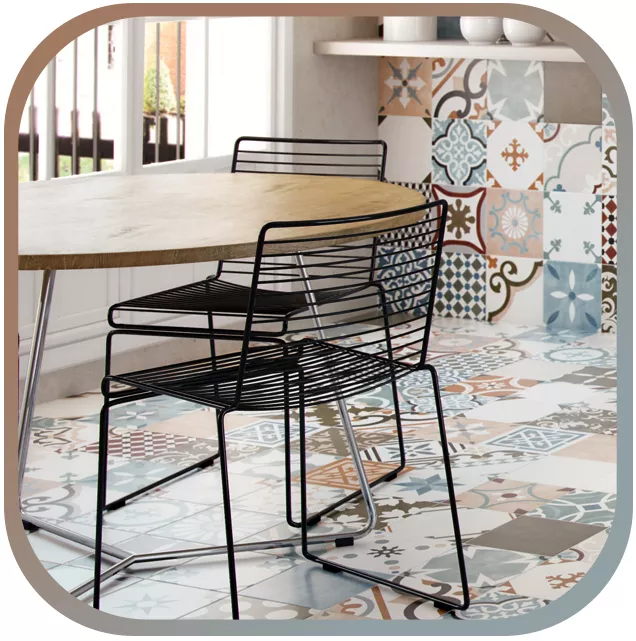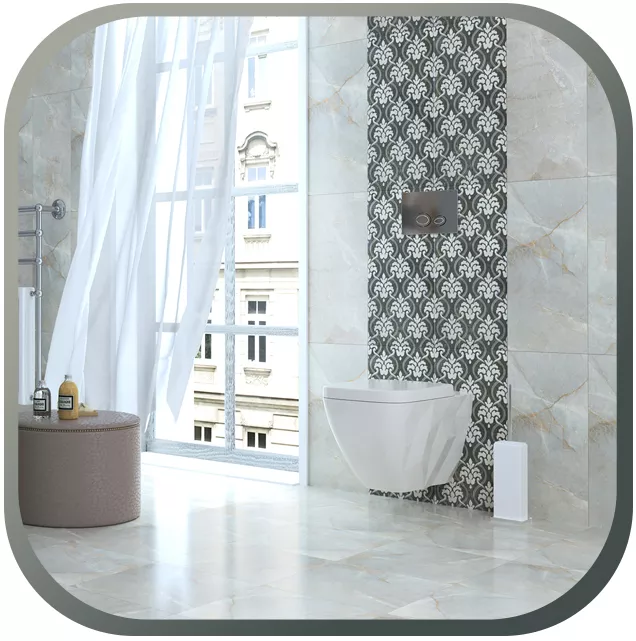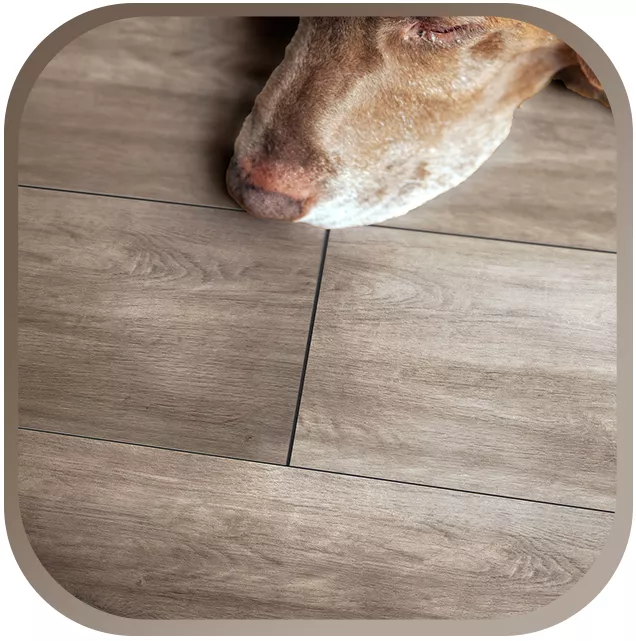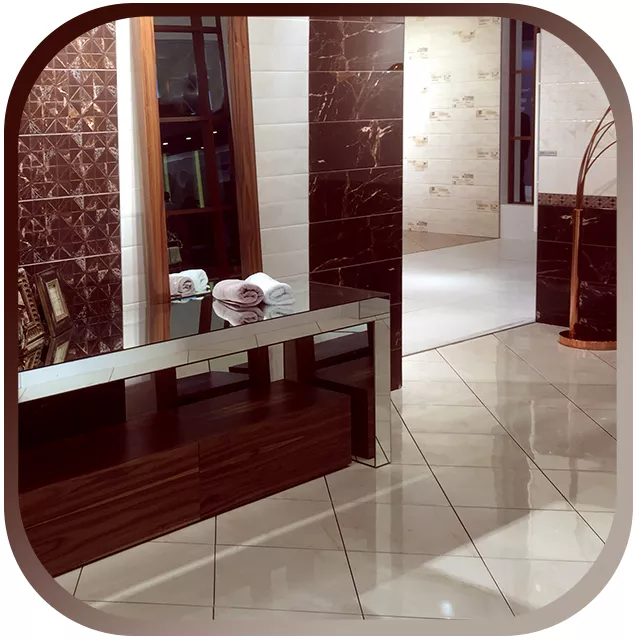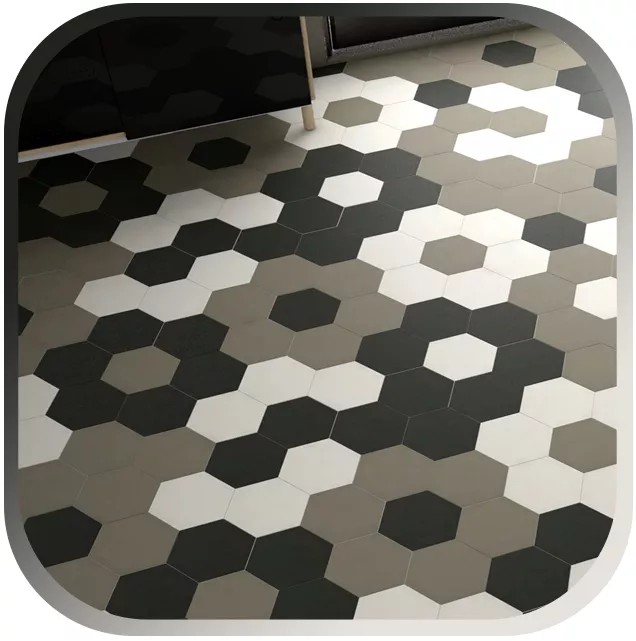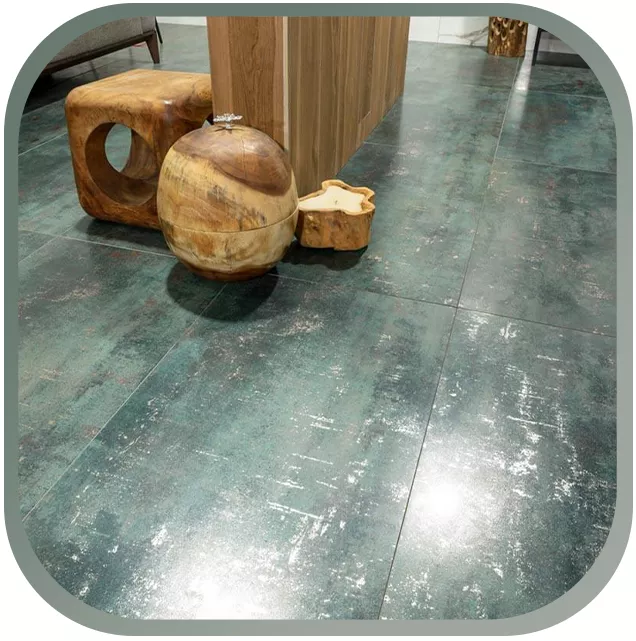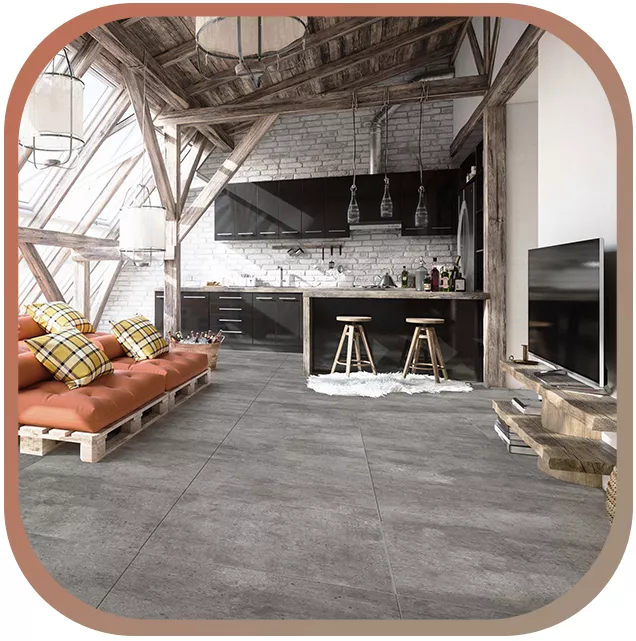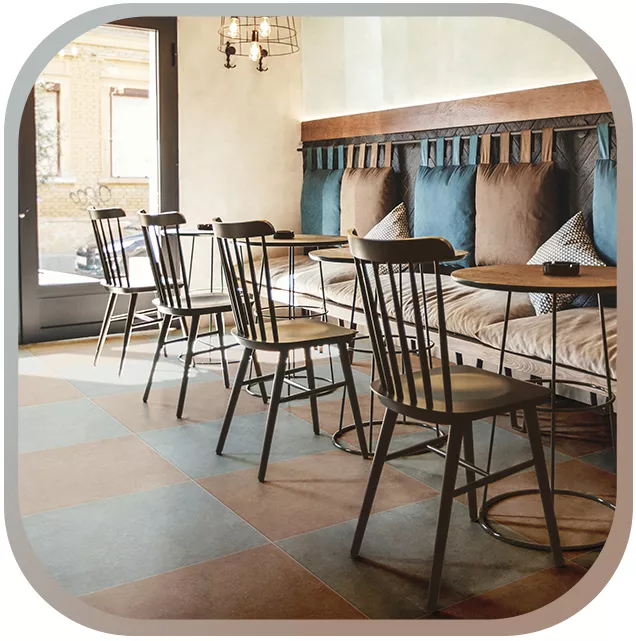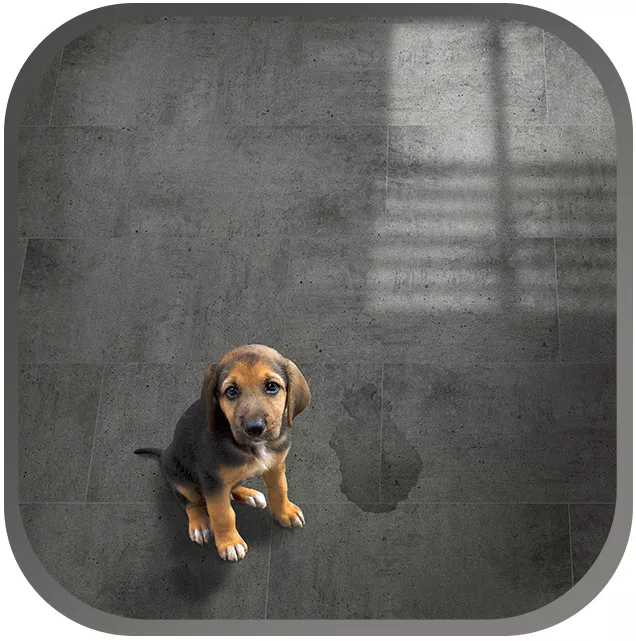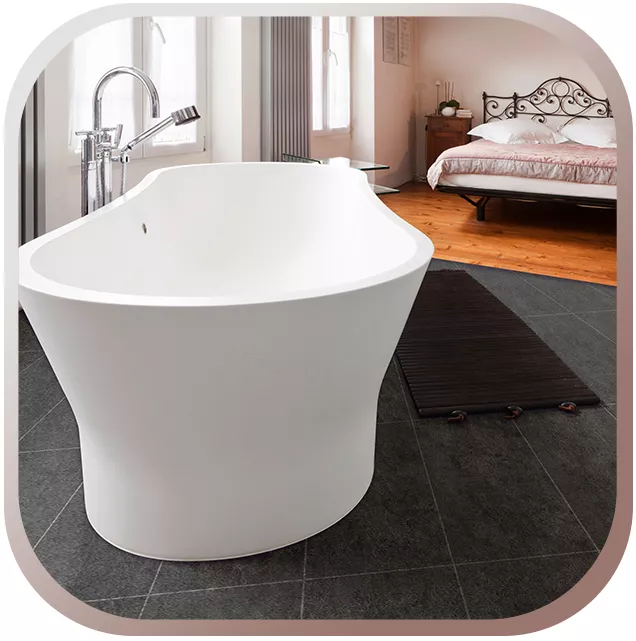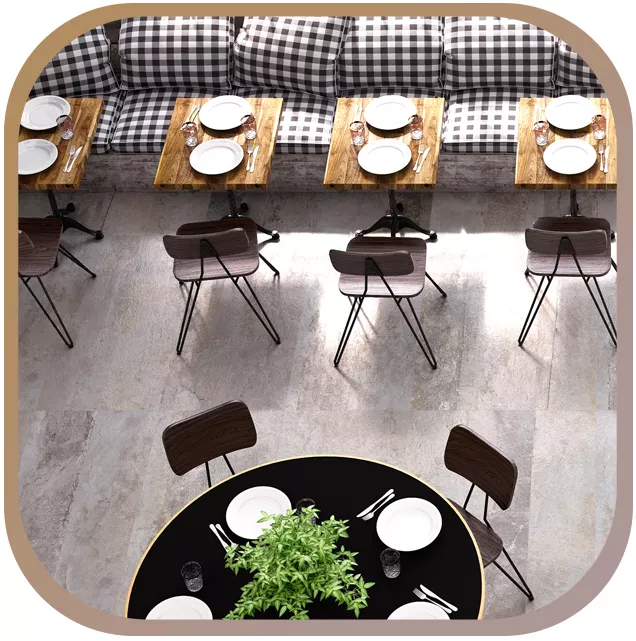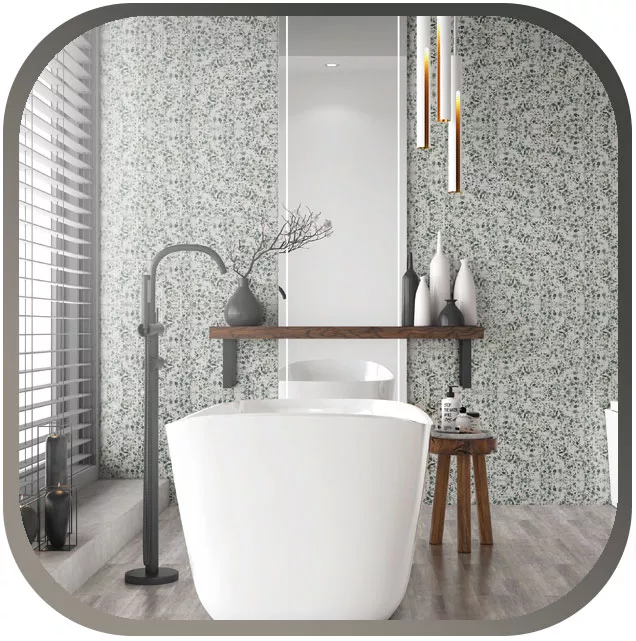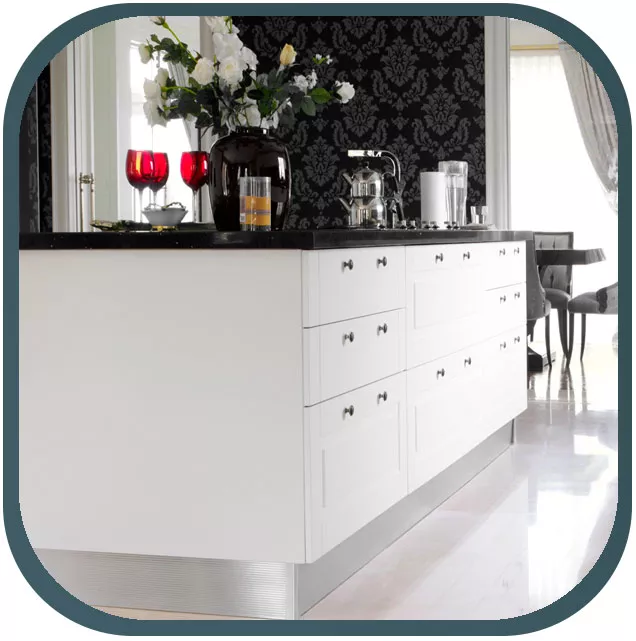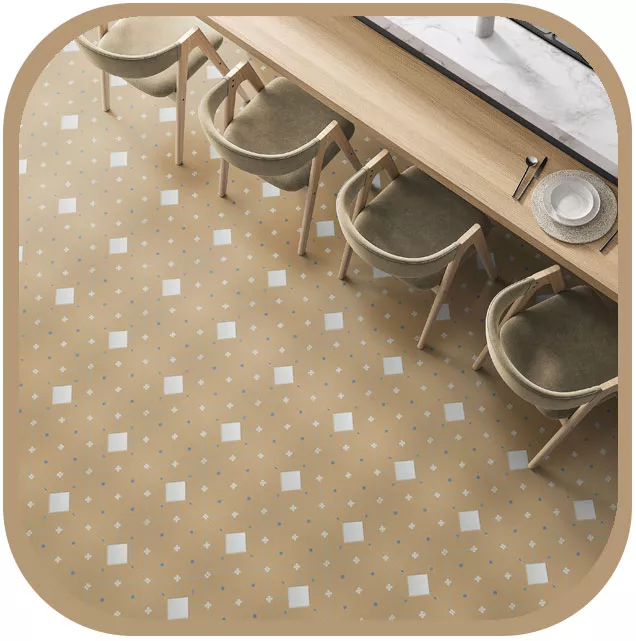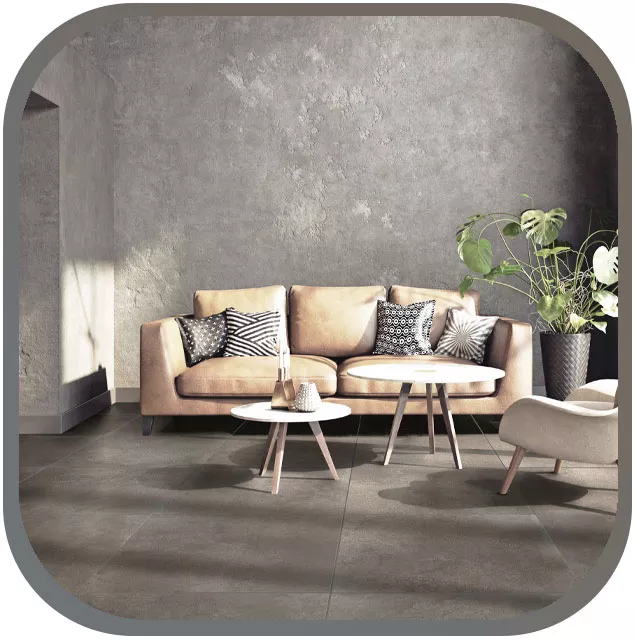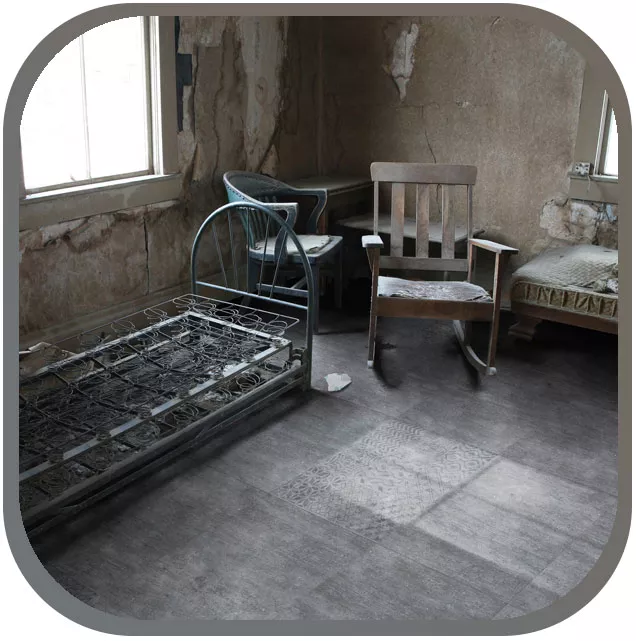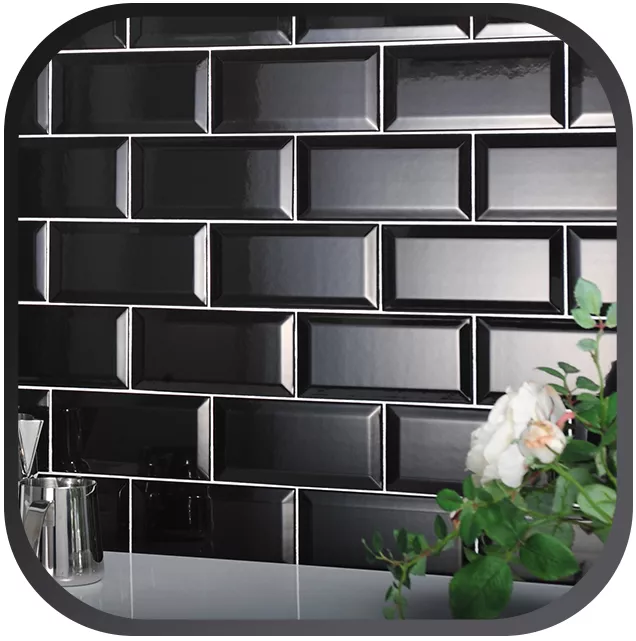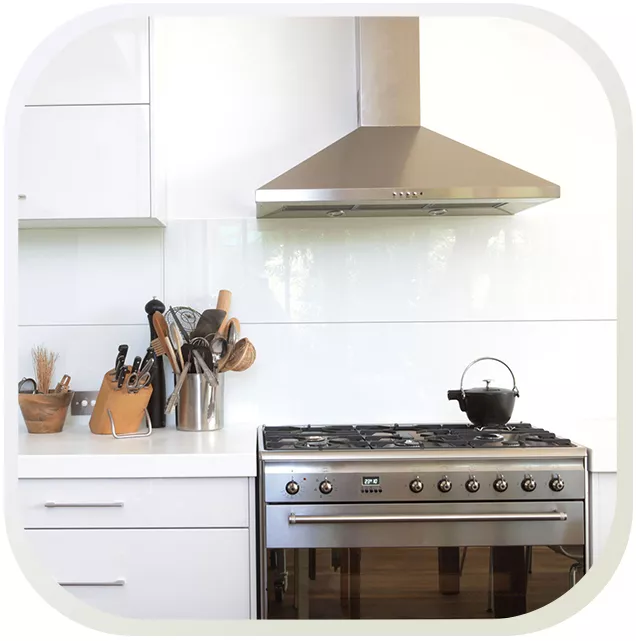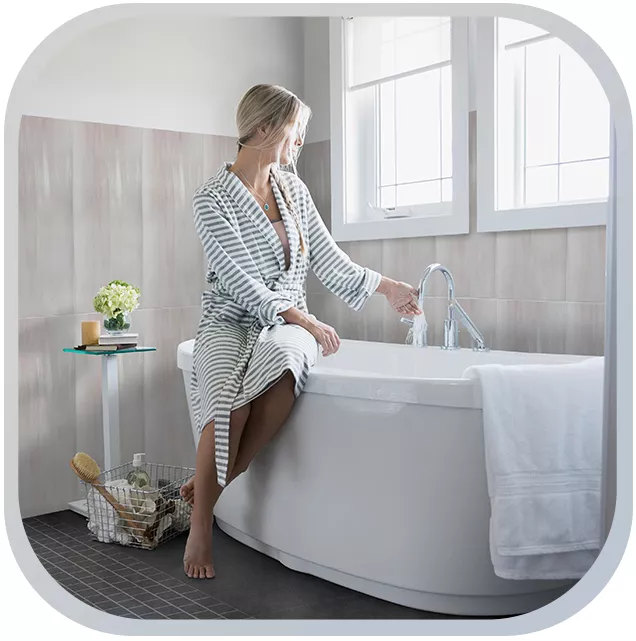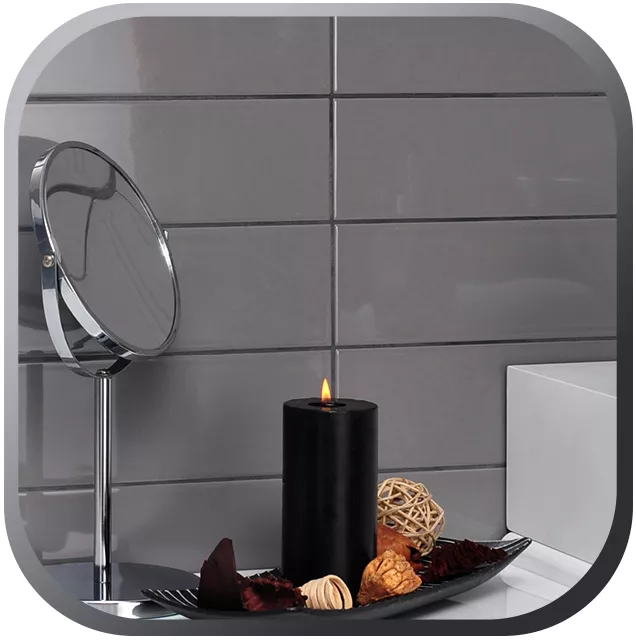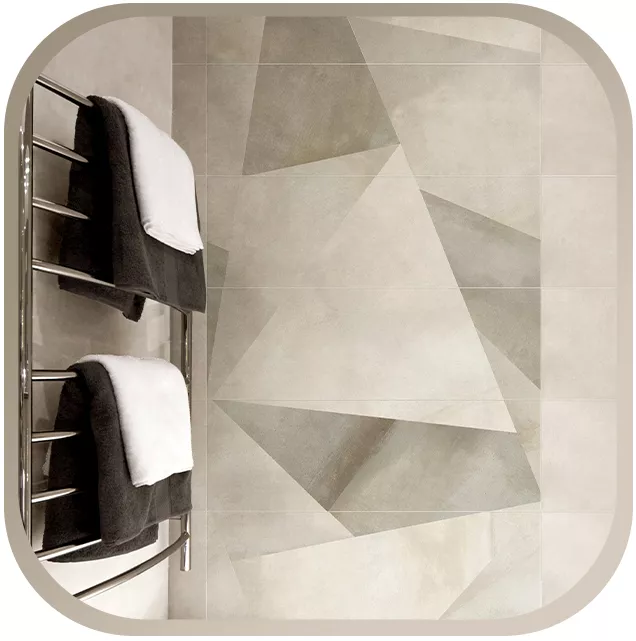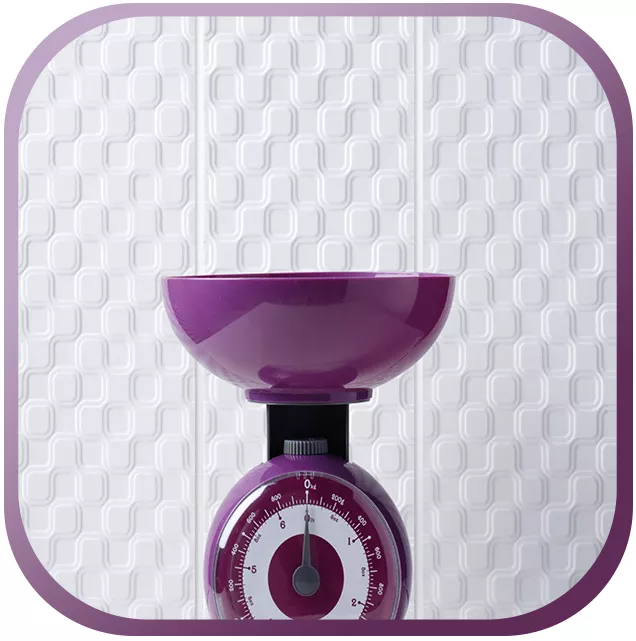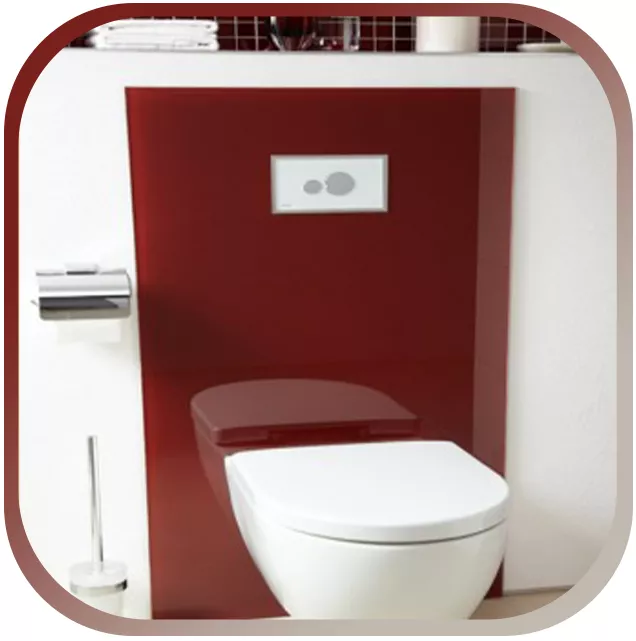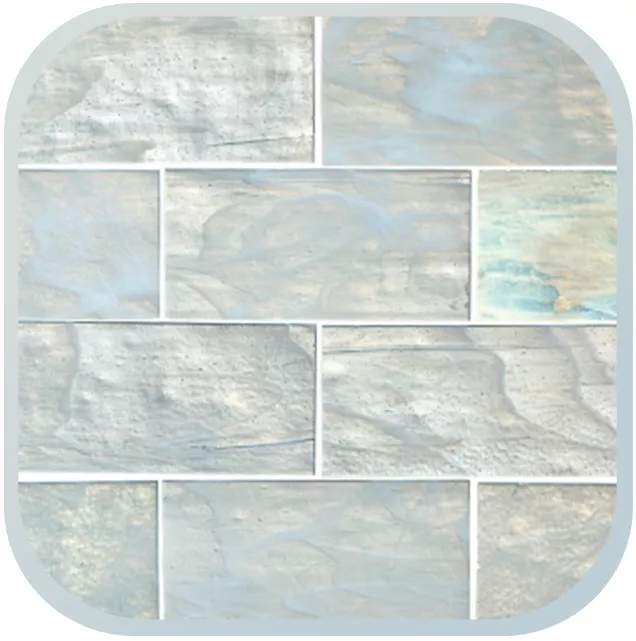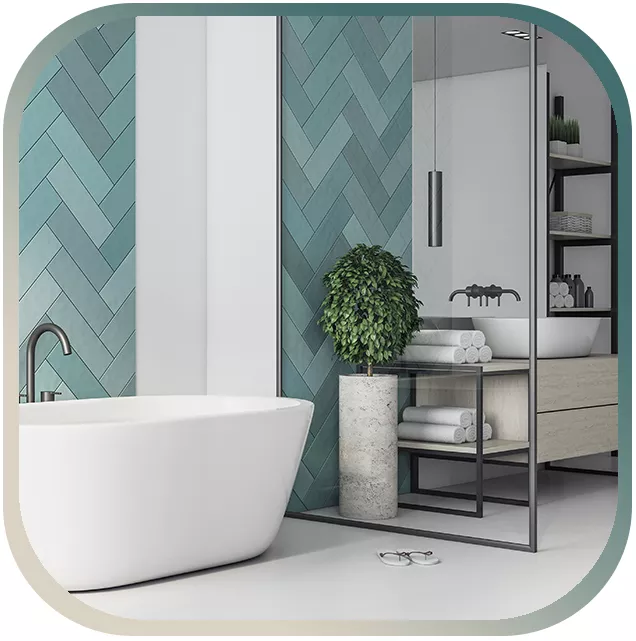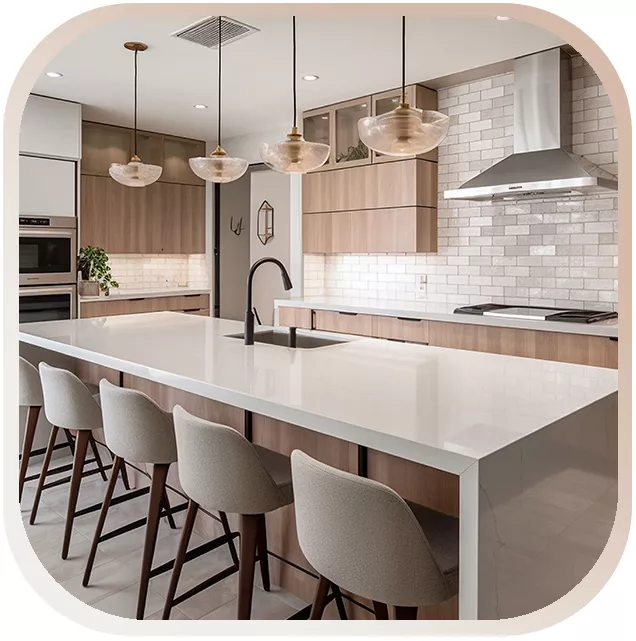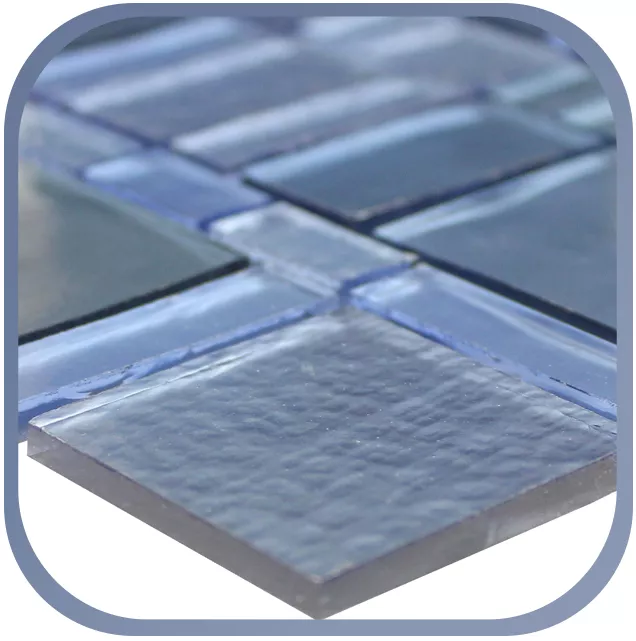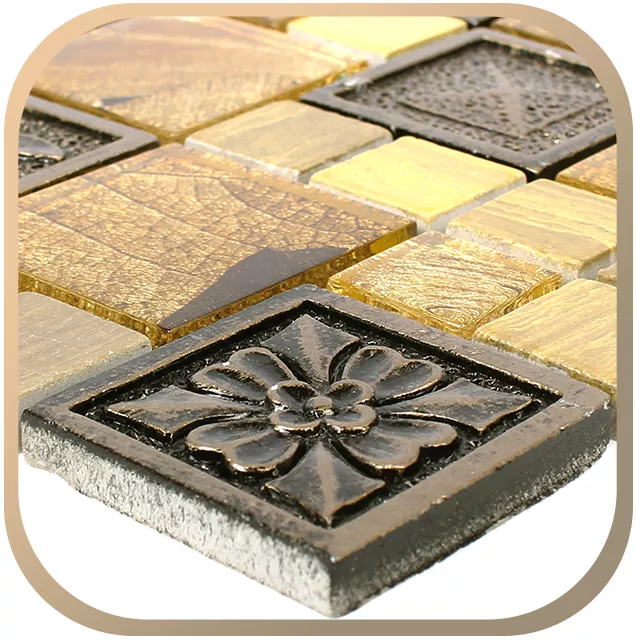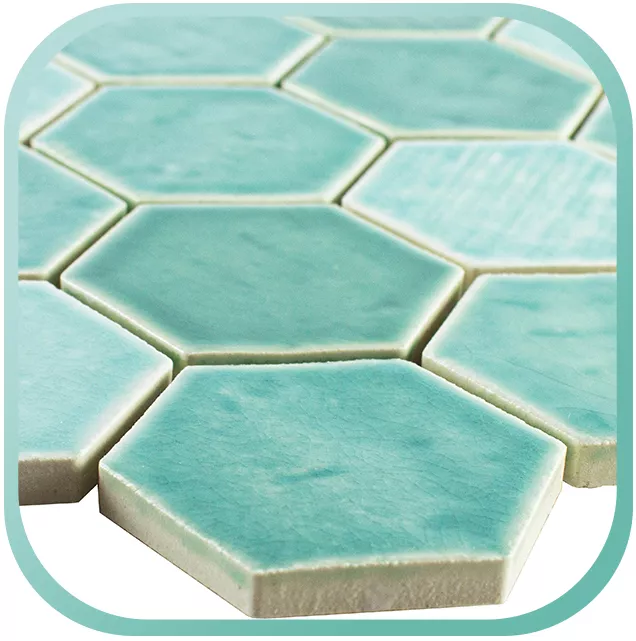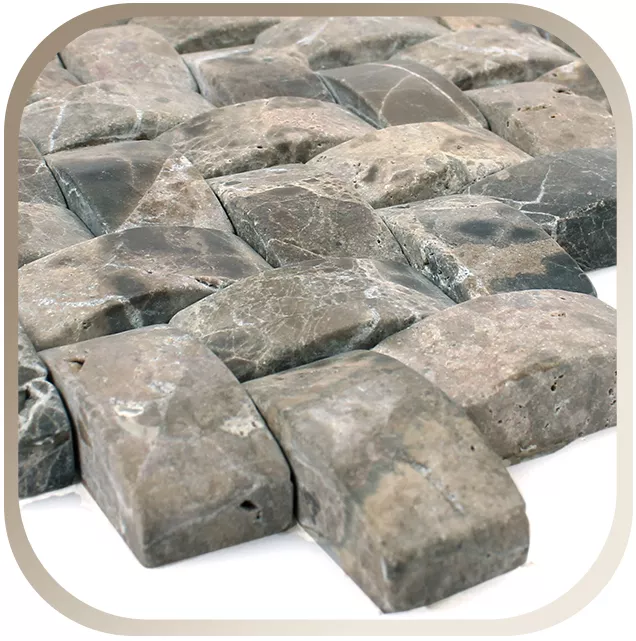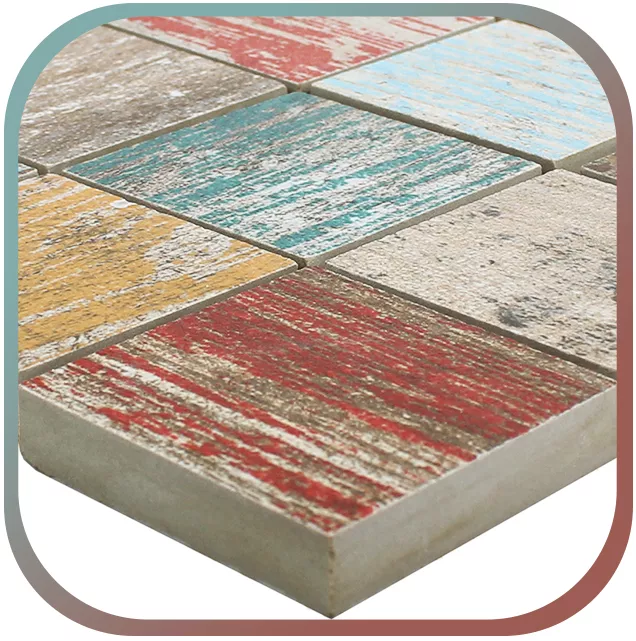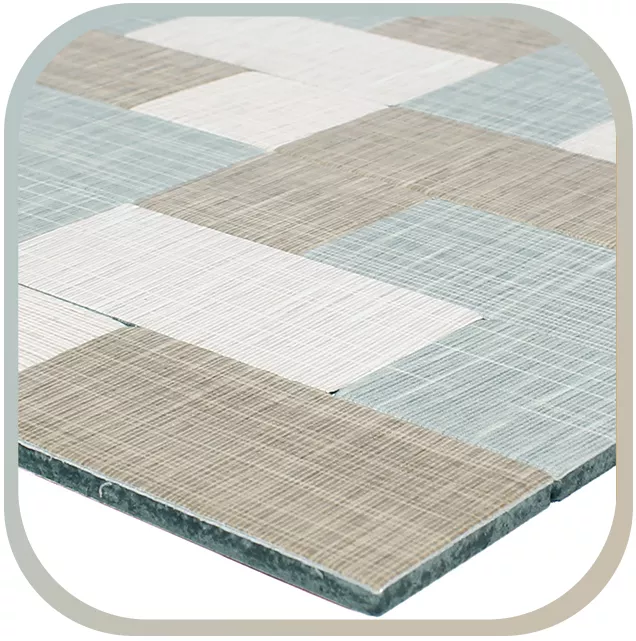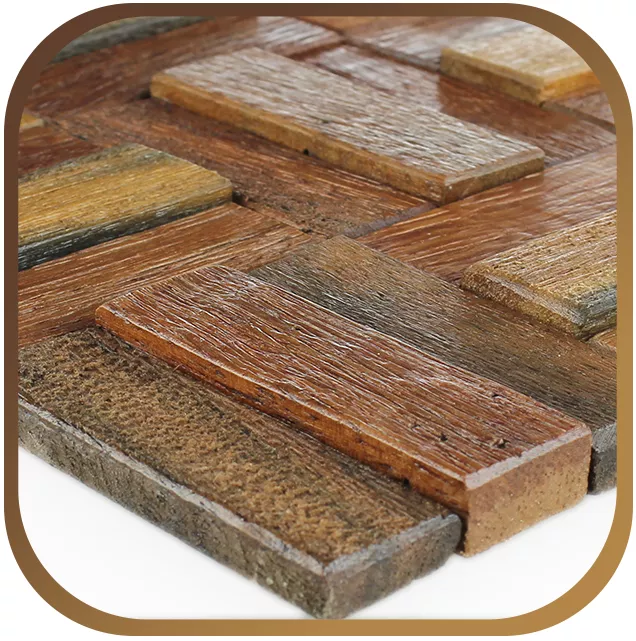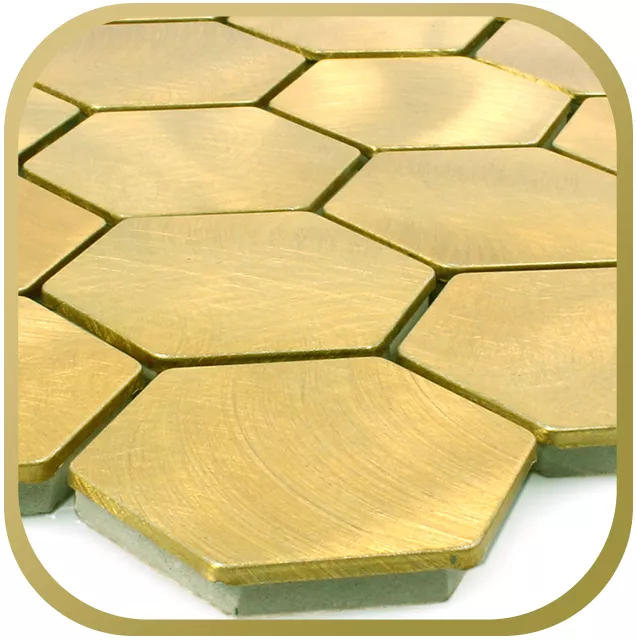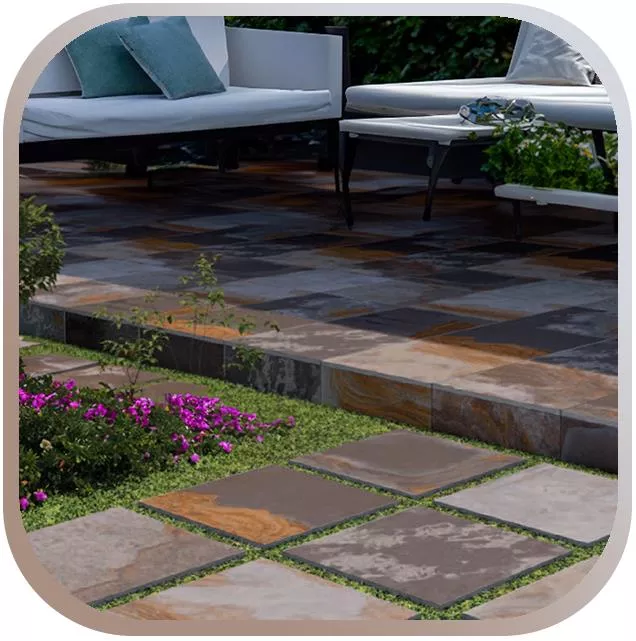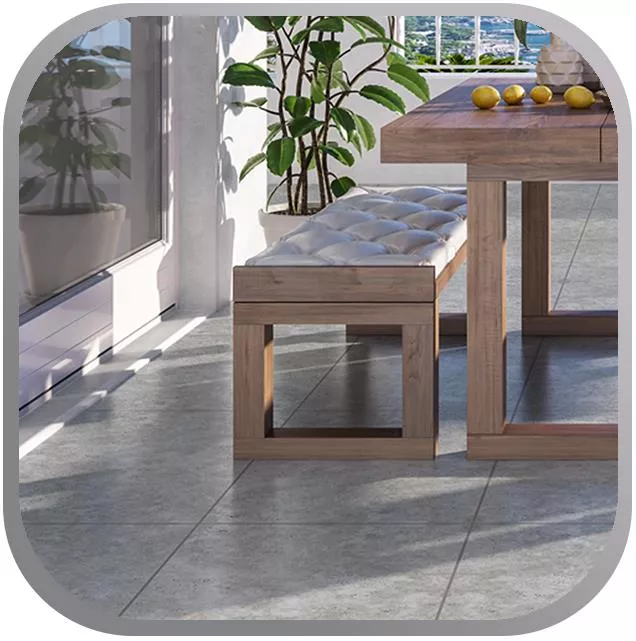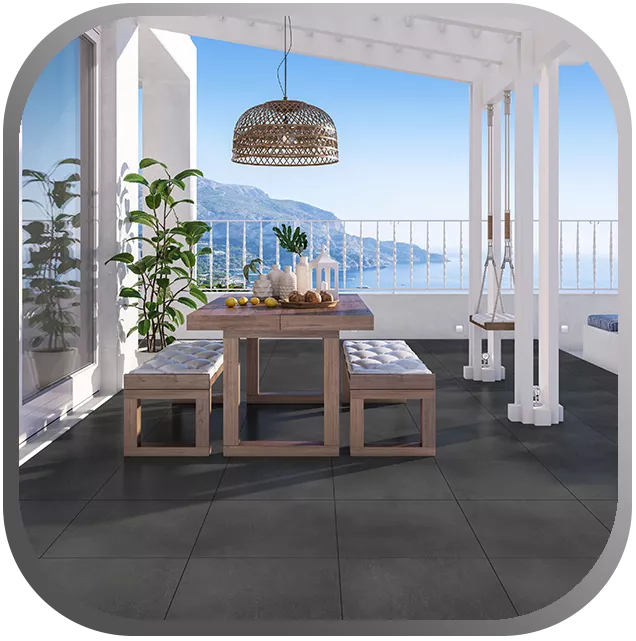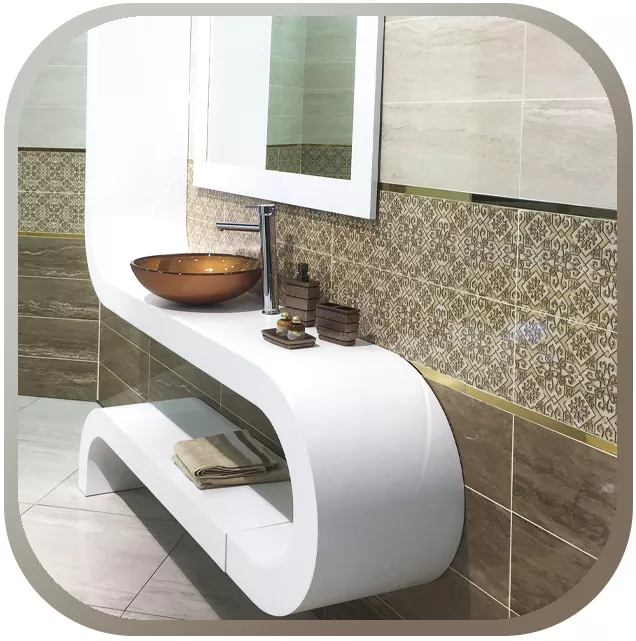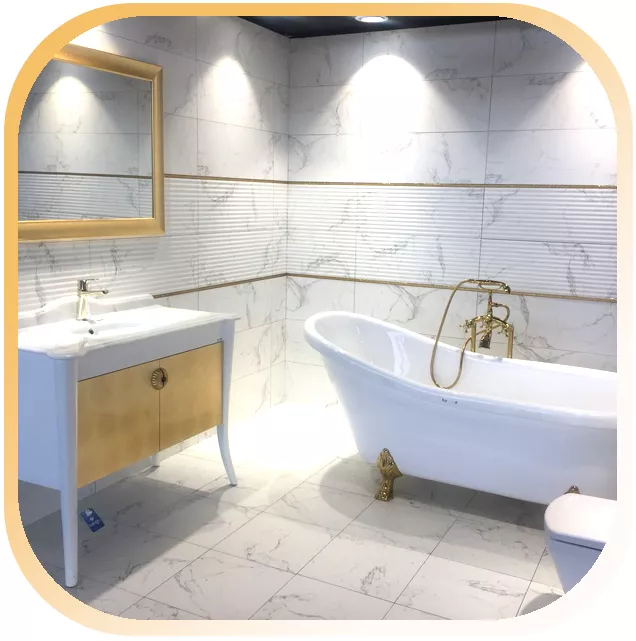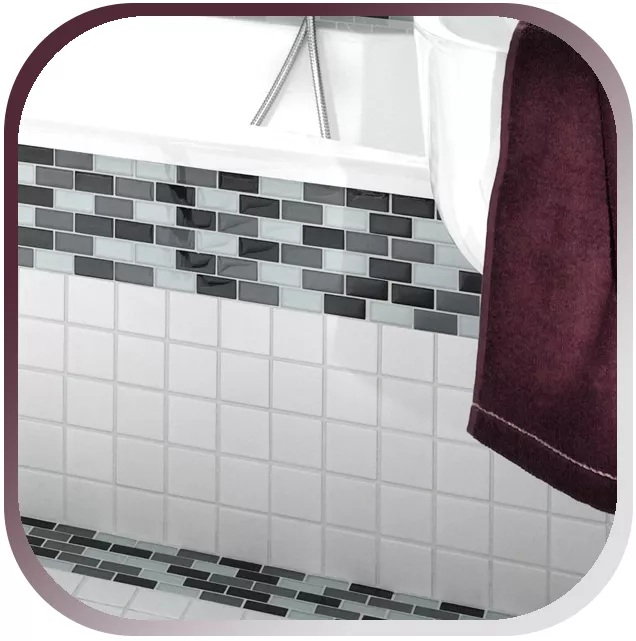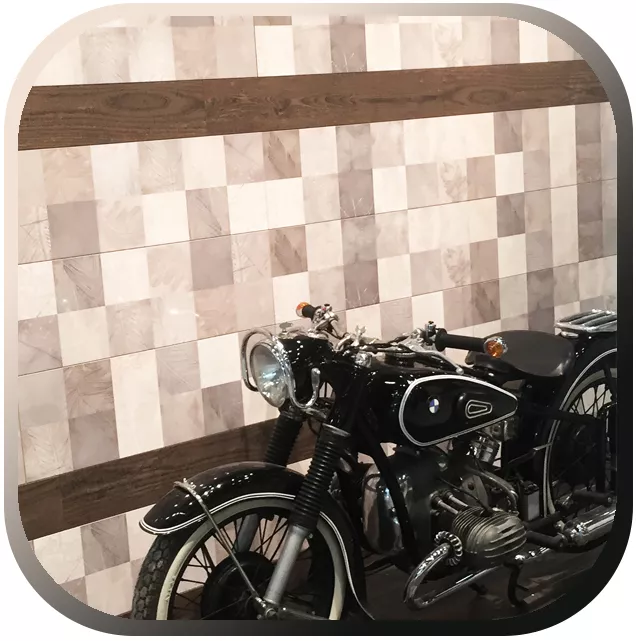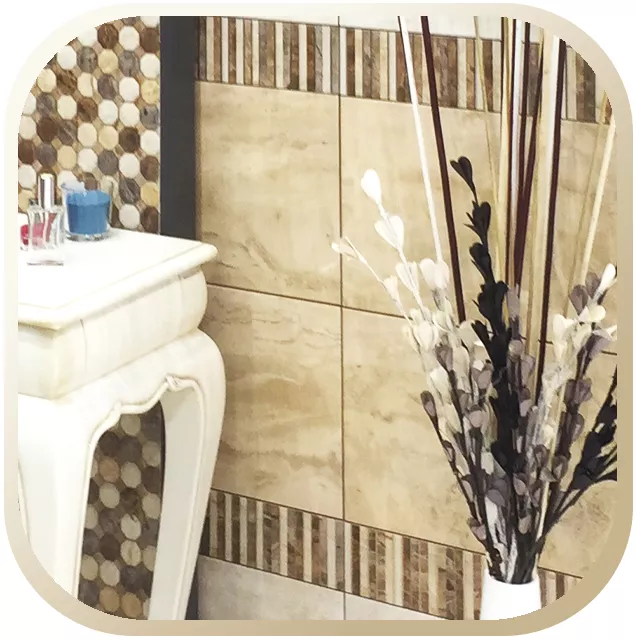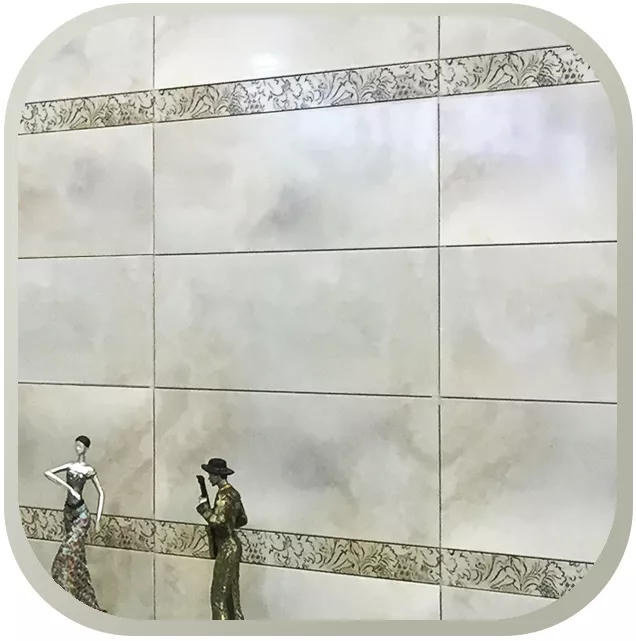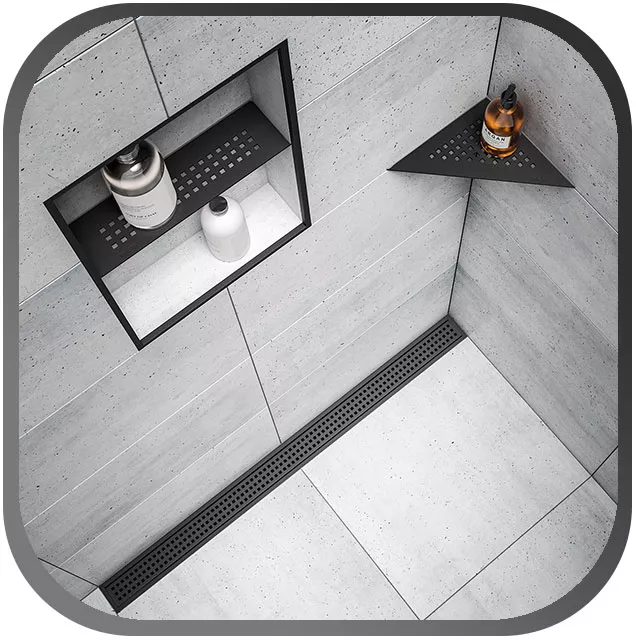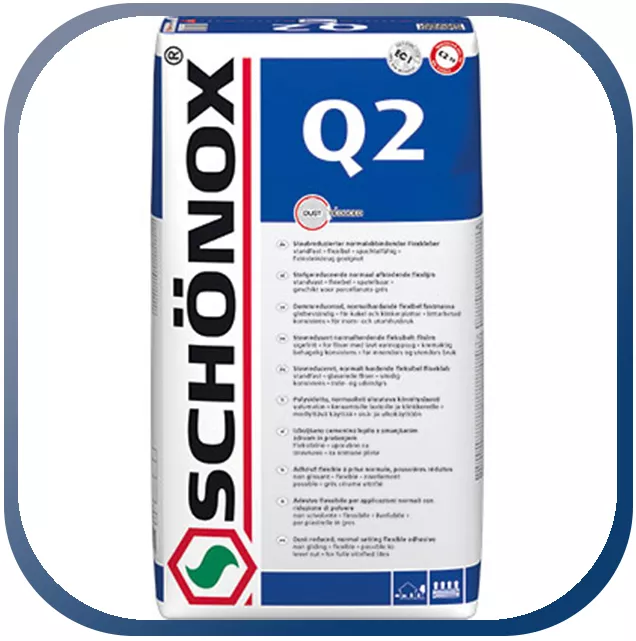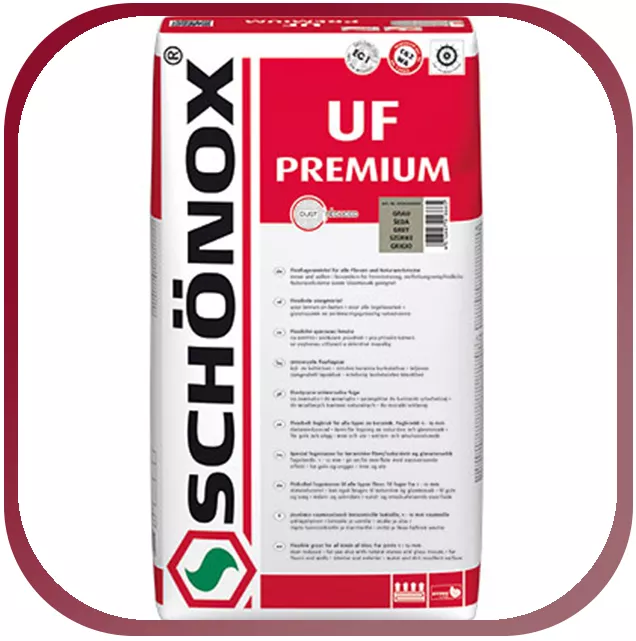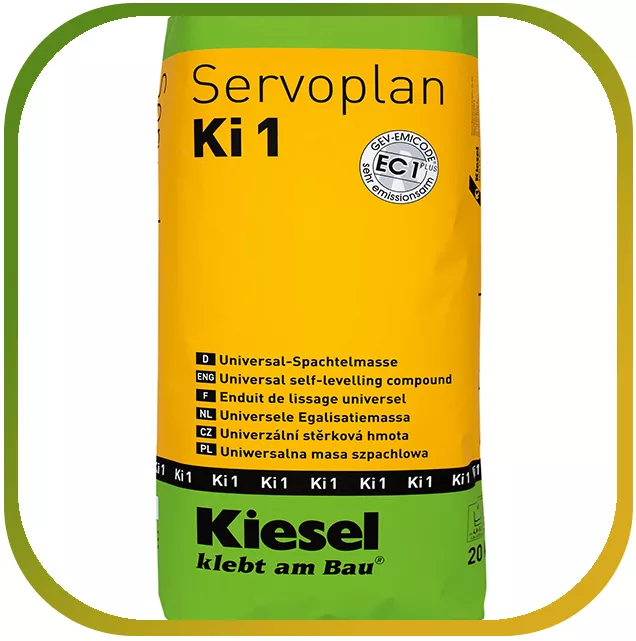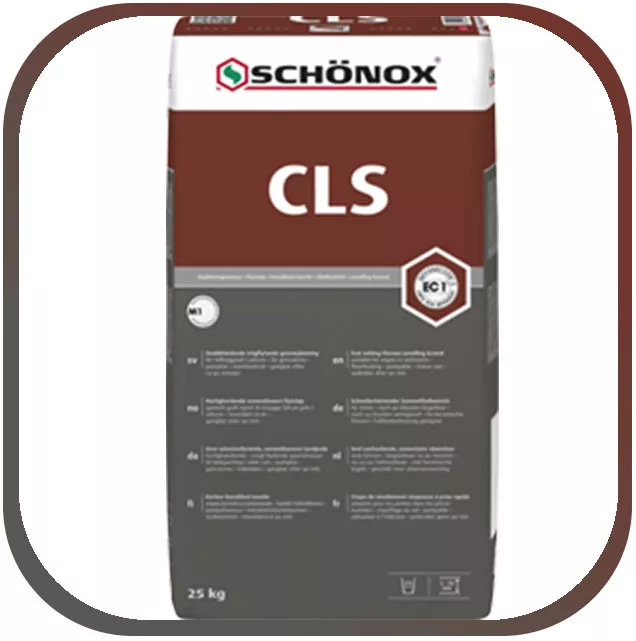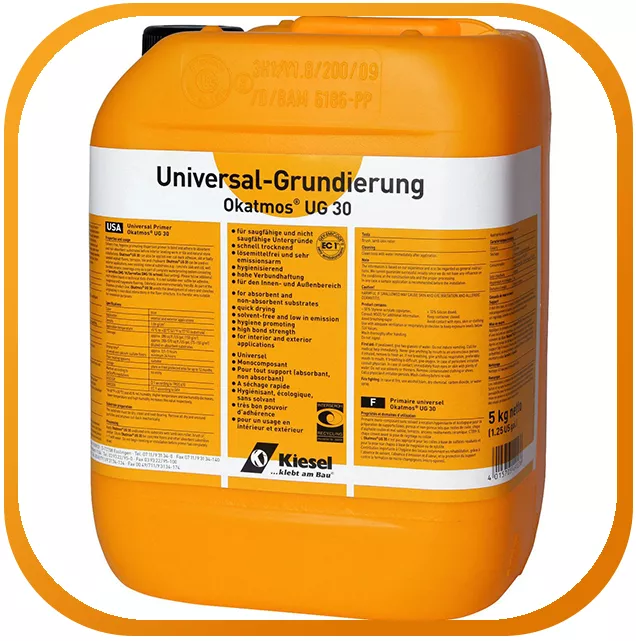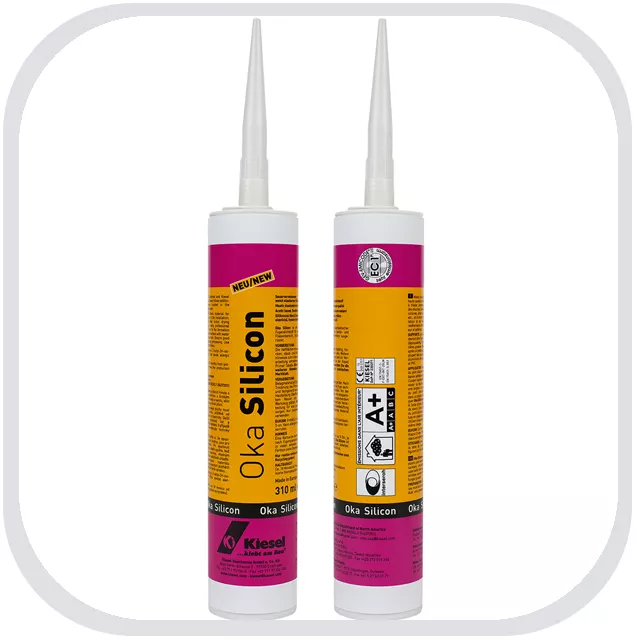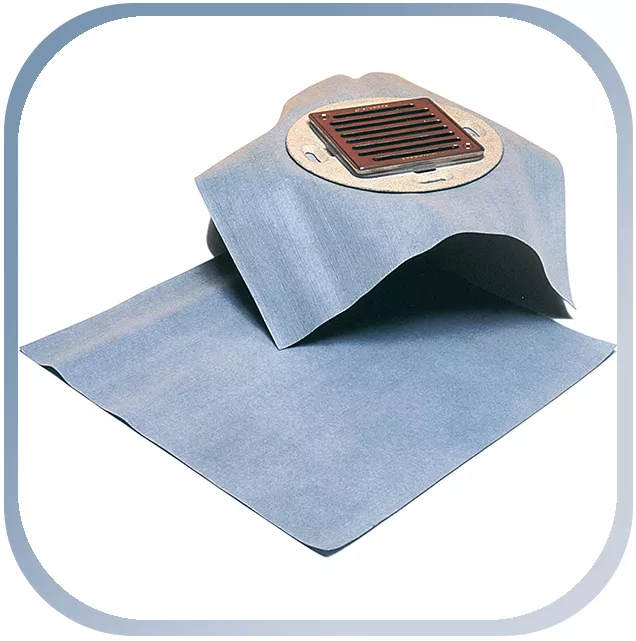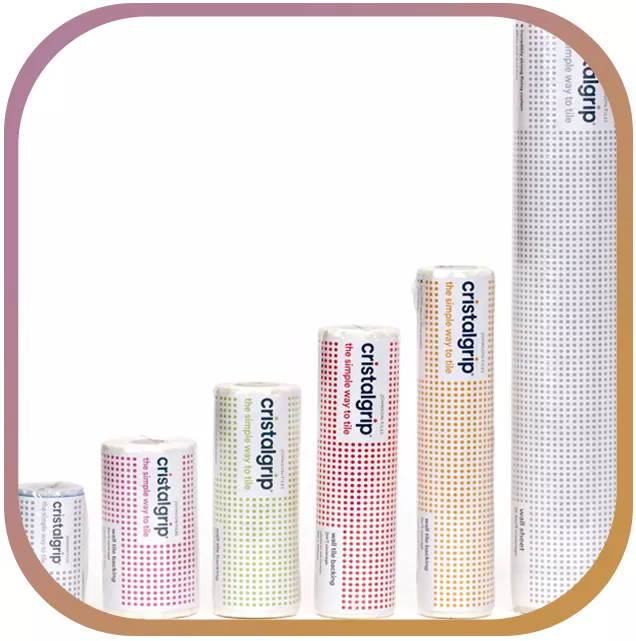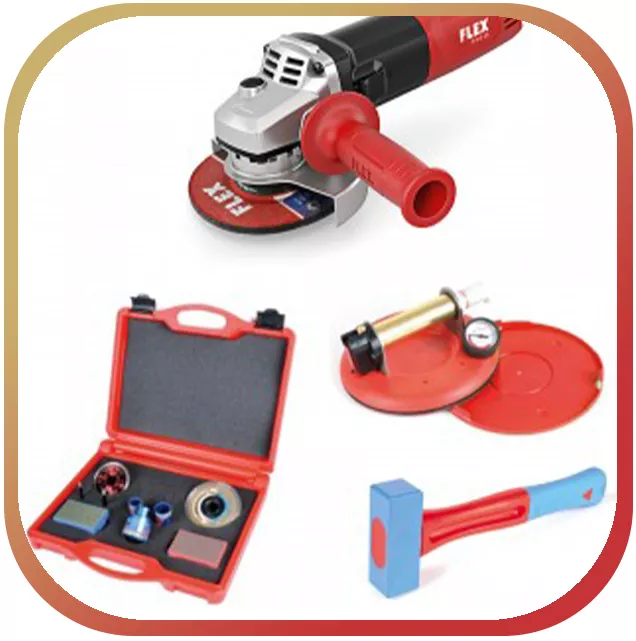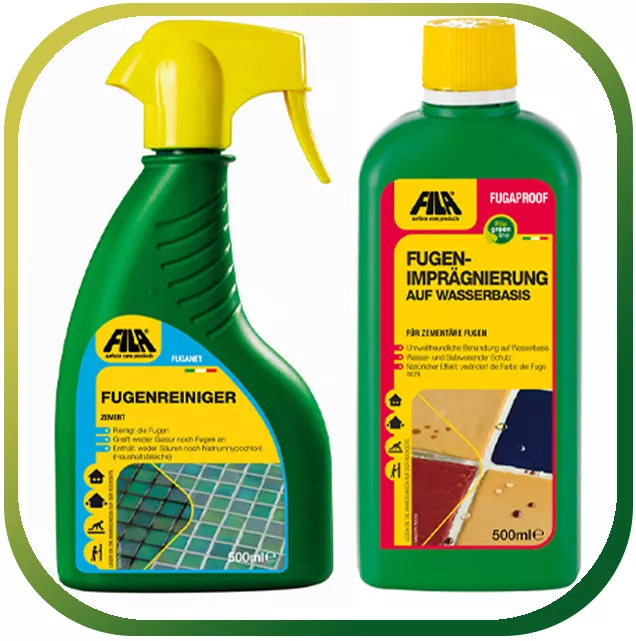If the tiles do not meet the requirements, they will soon be broken. If the glue doesn't fit, the tiles won't stick properly. But if the surface still has remnants of the last covering or is wet, the result will not be very satisfactory. If all these components are observed, you will be able to enjoy your tiles for a long time.
What should you pay attention to when preparing the substrate optimally?
First of all, the floor must be clean, dry and level. If areas have broken out or if remains of the old adhesive are still adhering, the substrate must be processed accordingly. The old adhesive must be scraped off and the entire floor leveled with a floor leveling compound. Then comes the primer.
On the respective packaging you will find the exact instructions for preparation and how long the materials have to dry before the next processing step can be set. The floor must be completely dry, otherwise the glue and the tiles will not stick. After the first primer, a second coat of primer should be applied and this should dry out completely. This creates an absorbent substrate on which the tiles can optimally adhere. How highly absorbent the surface should be depends mainly on the type of tile.
A distinction is made between weakly absorbent, absorbent and non-absorbent. One of the main criteria for choosing tiles should be wear and tear. Tiles are divided into five classes of abrasion. Five is for the highest traffic in public areas. Grades two and three are sufficient for bathroom floors. The selection of the adhesive depends on this. In any case, this should be flexible. It is therefore important to ask the hardware store when selecting the materials (primer, adhesive, tiles).
Important information and tips?
Is it a concrete, stone, tile or wooden floor? In addition, the area, the type of room (bathroom, kitchen, etc.) as well as the material of the tiles are decisive. It's better to take a few more tiles in case something breaks while laying or something needs to be replaced later. There are many different types of glue. It is important, however, that it is flexible. In addition to the materials already mentioned, you will also need a notched trowel to apply the adhesive. If you turn the heating up one degree, the floor leveling compound, primer and glue will dry better.
Conclusion
It is important that the surface is free of grease, oil, dust or other particles. In addition, the ground must be level and stable. It makes perfect sense to apply two coats of primer one after the other. The first layer must be completely dry before the next can be applied. Primer, tiles and glue must be coordinated with one another. There should always be a small supply of tiles in order to have spare tiles to repair in an emergency. Correctly laid tiles will last for many years. If something then breaks, there are often no more replacement tiles. Important information on handling or mixing, if necessary, can be found on the packaging or on the instruction leaflet. You can rent the drill and paddle from the hardware store. Hardware stores lend almost all tools for a moderate fee. This is a cheap way to finish a renovation project over the weekend.
What should you pay attention to when preparing the substrate optimally?
First of all, the floor must be clean, dry and level. If areas have broken out or if remains of the old adhesive are still adhering, the substrate must be processed accordingly. The old adhesive must be scraped off and the entire floor leveled with a floor leveling compound. Then comes the primer.
On the respective packaging you will find the exact instructions for preparation and how long the materials have to dry before the next processing step can be set. The floor must be completely dry, otherwise the glue and the tiles will not stick. After the first primer, a second coat of primer should be applied and this should dry out completely. This creates an absorbent substrate on which the tiles can optimally adhere. How highly absorbent the surface should be depends mainly on the type of tile.
A distinction is made between weakly absorbent, absorbent and non-absorbent. One of the main criteria for choosing tiles should be wear and tear. Tiles are divided into five classes of abrasion. Five is for the highest traffic in public areas. Grades two and three are sufficient for bathroom floors. The selection of the adhesive depends on this. In any case, this should be flexible. It is therefore important to ask the hardware store when selecting the materials (primer, adhesive, tiles).
Important information and tips?
Is it a concrete, stone, tile or wooden floor? In addition, the area, the type of room (bathroom, kitchen, etc.) as well as the material of the tiles are decisive. It's better to take a few more tiles in case something breaks while laying or something needs to be replaced later. There are many different types of glue. It is important, however, that it is flexible. In addition to the materials already mentioned, you will also need a notched trowel to apply the adhesive. If you turn the heating up one degree, the floor leveling compound, primer and glue will dry better.
Conclusion
It is important that the surface is free of grease, oil, dust or other particles. In addition, the ground must be level and stable. It makes perfect sense to apply two coats of primer one after the other. The first layer must be completely dry before the next can be applied. Primer, tiles and glue must be coordinated with one another. There should always be a small supply of tiles in order to have spare tiles to repair in an emergency. Correctly laid tiles will last for many years. If something then breaks, there are often no more replacement tiles. Important information on handling or mixing, if necessary, can be found on the packaging or on the instruction leaflet. You can rent the drill and paddle from the hardware store. Hardware stores lend almost all tools for a moderate fee. This is a cheap way to finish a renovation project over the weekend.

